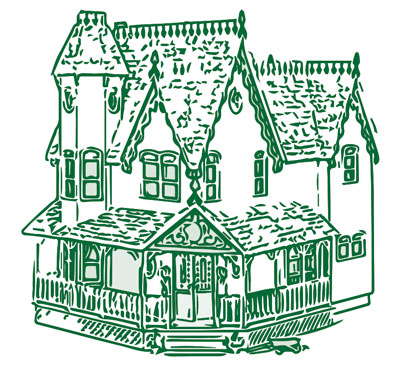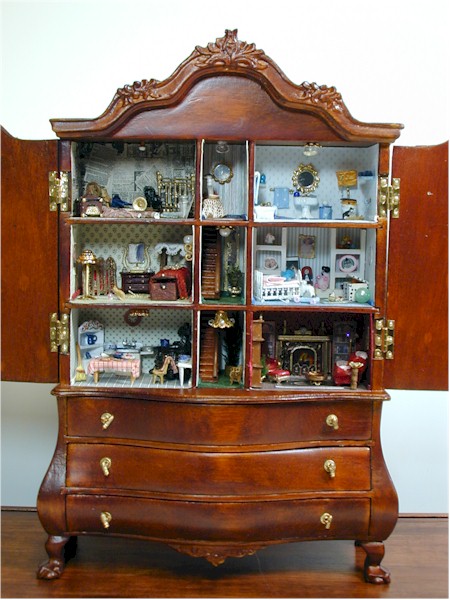
Most women can recall at least fleetingly playing with a dollhouse in their youth. For some, it was a love and avocation passed on by their mothers, and for others, it involved playing with a Barbie Dreamhouse, delivered by Santa.
The mass-produced plastic toys produced beginning in the 1960s were fun, but they hardly had the charm of the earlier, more ornate and detailed dollhouses produced for earlier generations.
It seems that the dollhouse tradition began in northern Europe in the 1600s, primarily in England, Germany and Holland, and back then, dollhouses were designed for adults, not children. Only the wealthy could afford to have them and their ownership was seen as a marker of social class and status.

Interestingly, in Germany this type of house was called a “dockenhaus” which translates to “miniature house,” while in Holland, they were called “cabinet houses” and were meant to exhibit the owners’ wealth, not to be played with by children. These cabinet homes opened like china cabinets (with hinges) and the back walls could be closed and locked because they tended to be full of expensive and rare objects.
Germany also had practical “Nuremberg Kitchens” which were used by mothers to teach their daughters how to set up and run a house. These were usually very utilitarian and contained a hearth, straw broom and cooking pots and were made of metal. Unlike later dollhouses which were places for girls to indulge their dreams, Nuremberg Kitchens were where girls learned to manage a household and direct servants.
“Baby Houses” had become popular in England by the 1700s. These were exact copies of their owners’ full-size houses, complete with replica furniture made of exotic woods, window coverings and paintings. They were meant as symbols of a lady’s wealth and refined tastes.
It wasn’t until the Industrial Revolution allowed mass production that dollhouses and miniatures began to be constructed as toys, usually for children from wealthy families. It wasn’t until after World War II that they became accessible to the middle class, as well.
Today the internet has made it possible for dollhouse enthusiasts to share their pastime through photos and videos, using a finger or coin to let people comprehend the houses’ true scale. Photographs showcase miniatures within houses ranging from clawfoot bathtubs to dressing tables, slices of toast and televisions showing iconic programs.
To this day, dollhouses help children learn about interior design and household management. Children even begin to notice architectural styles and the purpose of different furnishings while immersing themselves in dollhouse play. Hours with a dollhouse also encourages children to make up stories as they move tiny figures from room to room and engage in play related to daily domestic life.